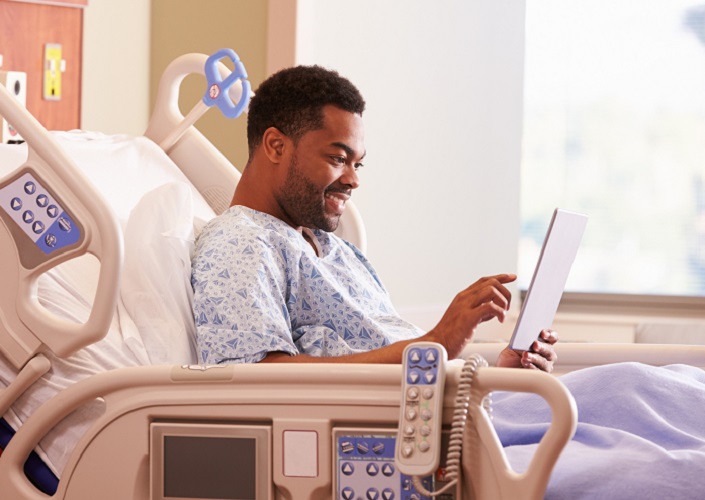
July 12, 2018
. . .
Most healthcare facilities and providers are offering a patient portal1 for secure online access to personal health information. These portals usually have information about recent doctor visits, medications, immunizations, allergies, and lab results. They may also provide secure messaging with providers, the ability to refill prescriptions and educational materials.
With the Centers for Medicare & Medicaid Services (CMS) changing to its EHR Incentive Programs to the Promoting Interoperability (PI) Programs, the time and costs required for providers to participate have been streamlined2. Care providers are looking to leverage patient portals for maximum patient engagement.
In the past, it seemed like a significant barrier to portal adoption was a cumbersome sign-up process. It could take weeks for a system to send an email with instructions on how to access the portal. Even then, the instructions were not from an easily identified address. Therefore, many patients (myself included) simply deleted the instructions without ever opening them. And should you manage to get signed in, the web site was confusing and difficult to navigate. In recent years, I feel that healthcare providers have done a good job about making it easier to sign-up for portal access and more user friendly. The big goal now is to make it more beneficial from the patient perspective. A recent article summarizes it in this way: Since many patients already use their practice’s portal to access and schedule appointments or find lab results, it’s a natural place to engage them more fully and more often. Not only can the portal help make a patient’s experience easier, it can improve organizational efficiency and cost savings at the same time.3
For a patient portal to be successful, patients need to perceive the relevancy of logging in and visiting the portal. Often patients don’t see the benefit of portal information. If patients feel the doctor shares information during clinic visits and hospitalizations, they may not see the value in having electronic access or understand how that information connects to their condition. Other patients, (like one of my own family members) don’t use a patient portal because they don’t want to see lab results that they may not understand and simply prefer to get medical information from a physician. It is important that care organizations have a portal strategy that is viewed as an extension of all other services and not a redundancy or replacement of services.
SONIFI At Home can offer those extended services by putting useful information on the patient portal and assisting with alerting patients to how this tool can support their health and wellness. One example is giving patients continued access to video education and messaging them about their viewing progress. Patients can finish viewing or review materials assigned to them while hospitalized and they can even share video information about a newly diagnosed condition with others who are involved with their care. Because SONIFI’s education portal seamlessly embeds in the healthcare provider’s current patient portal, no additional login information is needed for patients to access additional, more relevant portal content. With a few smart, intentional integrations, a patient portal can be an engaging continuation of care.
Stay connected
Get exclusive insights delivered to your inbox from our experts.
 By Julie Westrick, Nursing Executive
By Julie Westrick, Nursing Executive 
